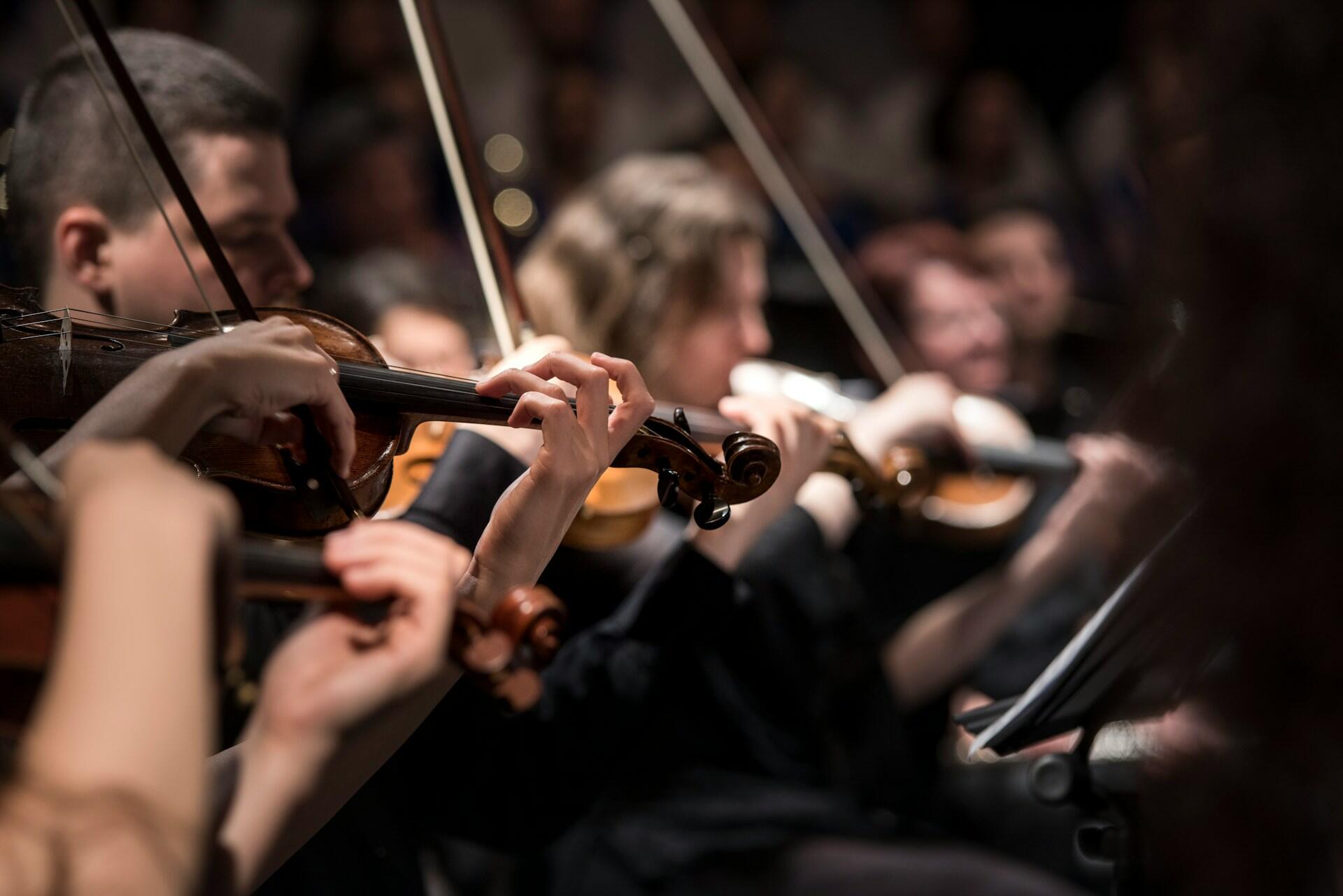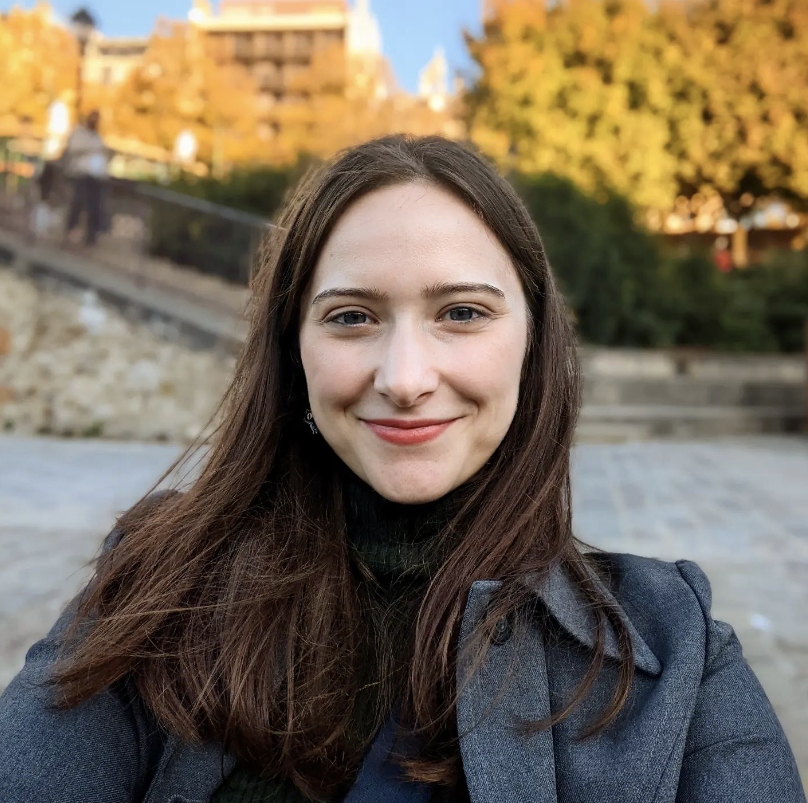The Cleveland Orchestra is one of the best symphonies in the world, and among the top five in the United States. Founded in 1918, the orchestra has been a staple of Cleveland’s artistic scene for over a century. Learn about this historic ensemble, the famous musical directors who contributed to its legacy, and more!

The Evolution of the Cleveland Orchestra: Chronology of Music Directors
The Cleveland Orchestra’s history can be traced through its musical directors. An orchestra’s musical director is responsible for shaping the philharmonic’s artistic direction, including stylings and repertoire, as well as scheduling and community involvement. The Cleveland Orchestra has been molded by seven esteemed directors. From its early years to the present day, these leaders have helped the orchestra grow from a regional group into a world-class institution.
You'll notice that some of these directors also conducted for other top American orchestras!
Nikolai Sokoloff (1918-1933)
Russian-American violinist and conductor Sokoloff helped found the then-named Cleveland Symphony Orchestra with several other influential Cleveland figures: businessman John L. Severance, Father John Powers, and music critic Archie Bell.
The main founder and organizer was music aficionado Adella Prentiss Hughes, who had already been sponsoring a series of concerts to promote orchestration in the city.
She, along with the co-founders, organized the Cleveland Orchestra for its debut in 1918 at Grays Armory.
Under Sokoloff and Hughes, the orchestra started performing children’s concerts (a tradition that continues), developed the Women's Committee of The Cleveland Orchestra, and went on tour across the country, including performances at Carnegie Hall.
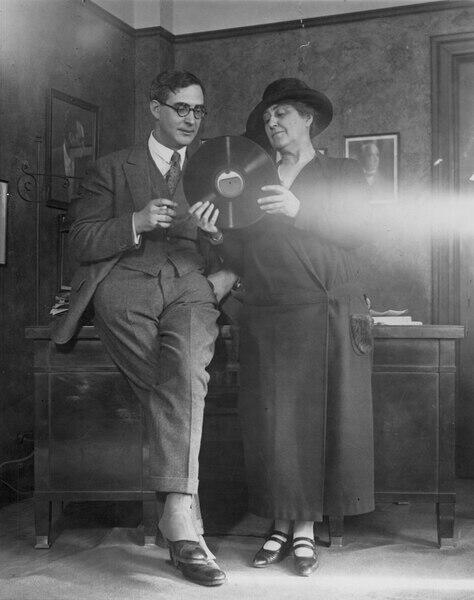
In 1922, they had their first radio broadcast, and in 1924, they made their first recorded work. In 1931, Severance Hall was opened near the local art museum, which became the Orchestra’s permanent home to date.
The Committee was primarily responsible for arranging the Children's Concerts and a game called Music Memory Contest. They helped with planning, advertising, fundraising, and educational activities. Today, the committee is called Friends of the Cleveland Orchestra.
Artur Rodziński (1933-1943)
Rodziński expanded the orchestra’s repertoire to include opera. The group premiered Dmitri Shostakovich's Lady Macbeth of the Mtsensk District at Severance Hall and even brought the show to the Metropolitan Opera in New York. He championed contemporary compositions and ensured an extensive series of recordings with Columbia Records. Rodziński was a forward-thinking proponent of the arts and advocated for women to be admitted into and treated equally in fine arts institutions.
Erich Leinsdorf (1943-1946)
Leinsdorf started his tenure with grand plans to help the philharmonic. He wanted to plan the entire year’s schedule in advance, and expand the season so they could better advertise upcoming shows and have year-round employment. He also arranged to have a weekly broadcast on the radio to the entire US, parts of Mexico, Europe, South America, and the South Pacific to promote the orchestra's reputation. Unfortunately, before he could do much else, Leinsdorf was drafted into the military, so naturally, he was replaced.
After being discharged, he continued to have a successful conducting career, even recording some works with the Los Angeles Philharmonic.
George Szell (1946-1970)
No name is more closely tied to the orchestra’s rise than George Szell.
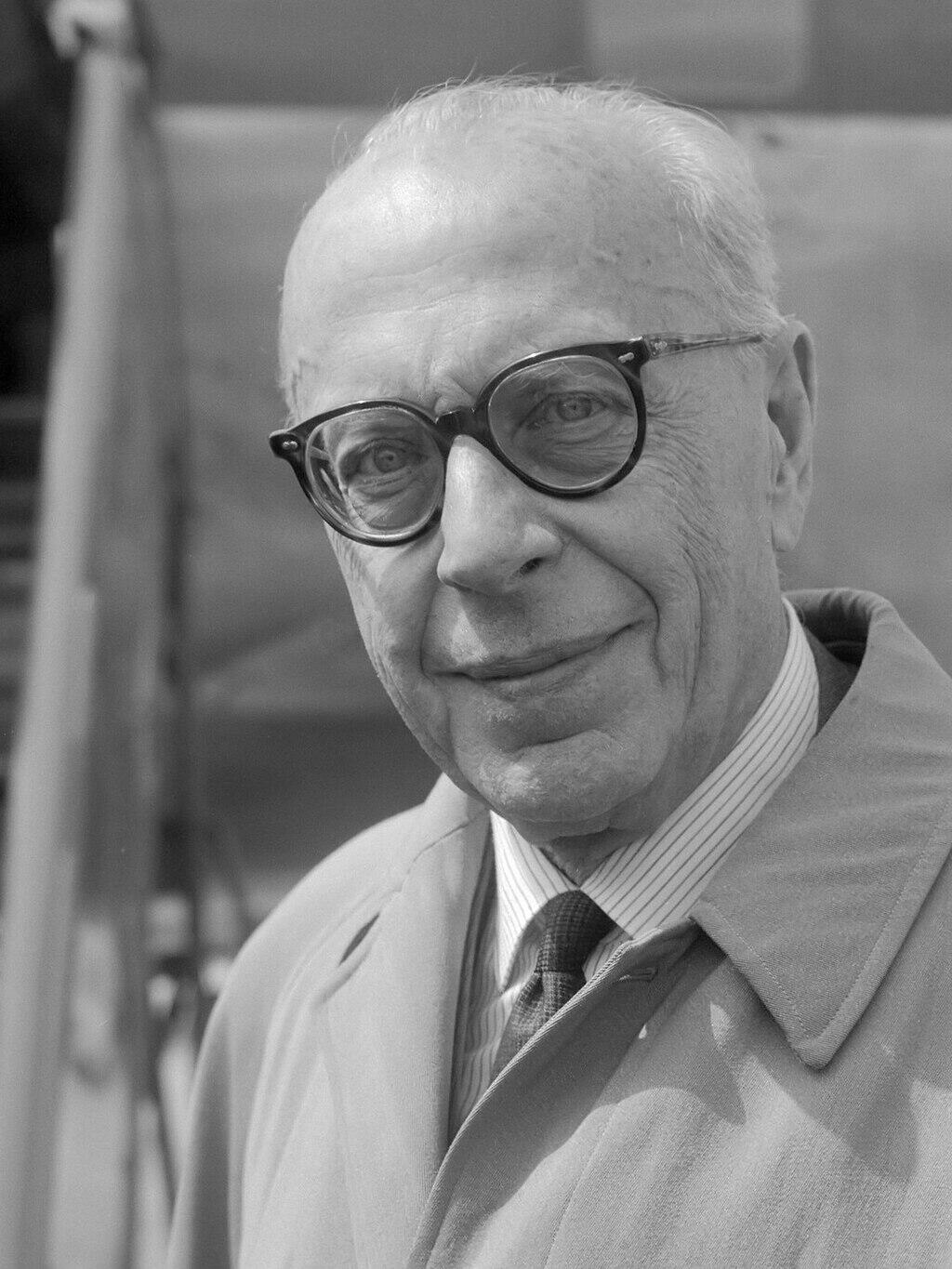
When he took over, he found the orchestra small, yet capable.
He worked to expand its size and hand-pick each instrumentalist to fit his vision of the orchestration, driving intense rehearsals to whip the musicians into shape.
Additionally, he arranged the reconstruction of Severance Hall’s acoustics to better suit the orchestra in a structure called the “Szell Shell."
He brought the philharmonic on two European tours and a Far East tour to boost its reputation and popularity.
Szell also helped in the establishment of the Blossom Music Center in 1968 for summer concerts in the park. Szell acted as director until his death.
Lorin Maazel (1972-1982)
Maazel was known for his technical brilliance and modern sensibility. He brought a more expressive sound to the orchestra, which was met with mixed reviews at first, as critics believed it was undoing Szell’s hard work. After praise from musical director Eugene Ormandy, the critics came around. Maazel expanded the repertoire and brought the company on more international tours, including their first to Australia and New Zealand.
In these confused times, the role of classical music is at the very core of the struggle to reassert cultural and ethical values that have always characterized our country and for which we have traditionally been honored and respected outside our shores.
Lorin Maazel
Christoph von Dohnányi (1984-2002)
The Dohnányi years were full of stable growth and innovation. His era saw an increase in touring and recording, as well as collaborations with opera companies and global festivals, such as the Salzburg Festival. He also helped arrange the first Martin Luther King Jr. Celebration Concerts, which have remained an annual tradition.
He also oversaw another renovation of Severance Hall, removing the Szell Shell but improving acoustics in other ways. Furthermore, Dohnányi helped establish the Cleveland Orchestra Youth Orchestra (COYO) and place Jahja Ling as the director.
During this tenure, the ensemble was first called the best among the orchestras in the United States.
The orchestra won its first Grammy in 1970 for Debussy: Images Pour Orchestre, with Boulez. Since then, they’ve won six more, all with Boulez except in 2011, with conductor Uchida.
Franz Welser-Möst (2002-Present)
Under Franz Welser-Möst's direction, the orchestra has strengthened its international presence. It now performs regularly at Vienna’s Musikverein and New York’s Carnegie Hall, while maintaining its commitment to the Cleveland community through events and educational programs.
During the pandemic, the orchestra released its own streaming service, making the performances more accessible to people far and wide. In Franz Welser-Möst’s tenure, Severance Hall was again changed, now renamed to the Jack, Joseph and Morton Mandel Concert Hall after a generous donation. The space remains named the Severance Music Center. Director Franz Welser-Möst maintained a stable organization in his tenure. He is due to retire in 2027.
Who will be the next director? Perhaps someone who has previously worked with another Big Five ensemble, such as the Chicago Symphony Orchestra?
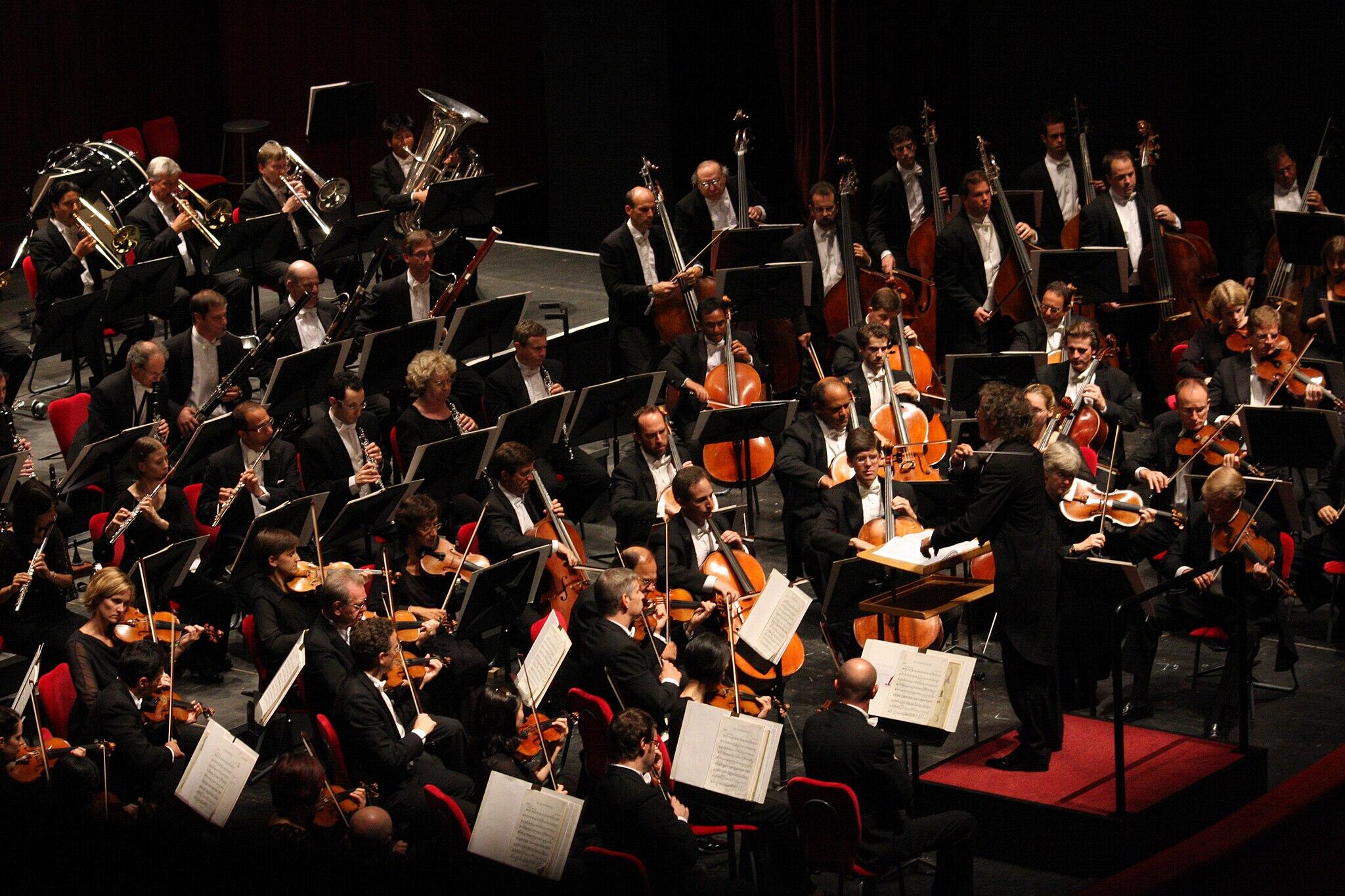
Performance Venues and Top Performances
The Cleveland Orchestra is most known for its two home venues, though it also travels around the country and abroad on occasion. The philharmonic has played at prestigious venues like Carnegie Hall, Lincoln Center, and the Metropolitan Opera.
The philharmonic also has annual residencies in these illustrious spaces:
- Adrienne Arsht Center in Miami, Florida,
- Musikverein in Vienna, Austria
- Lucerne Festival in Switzerland
Both director Welser-Möst and guest conductors can be seen leading performances at these venues.
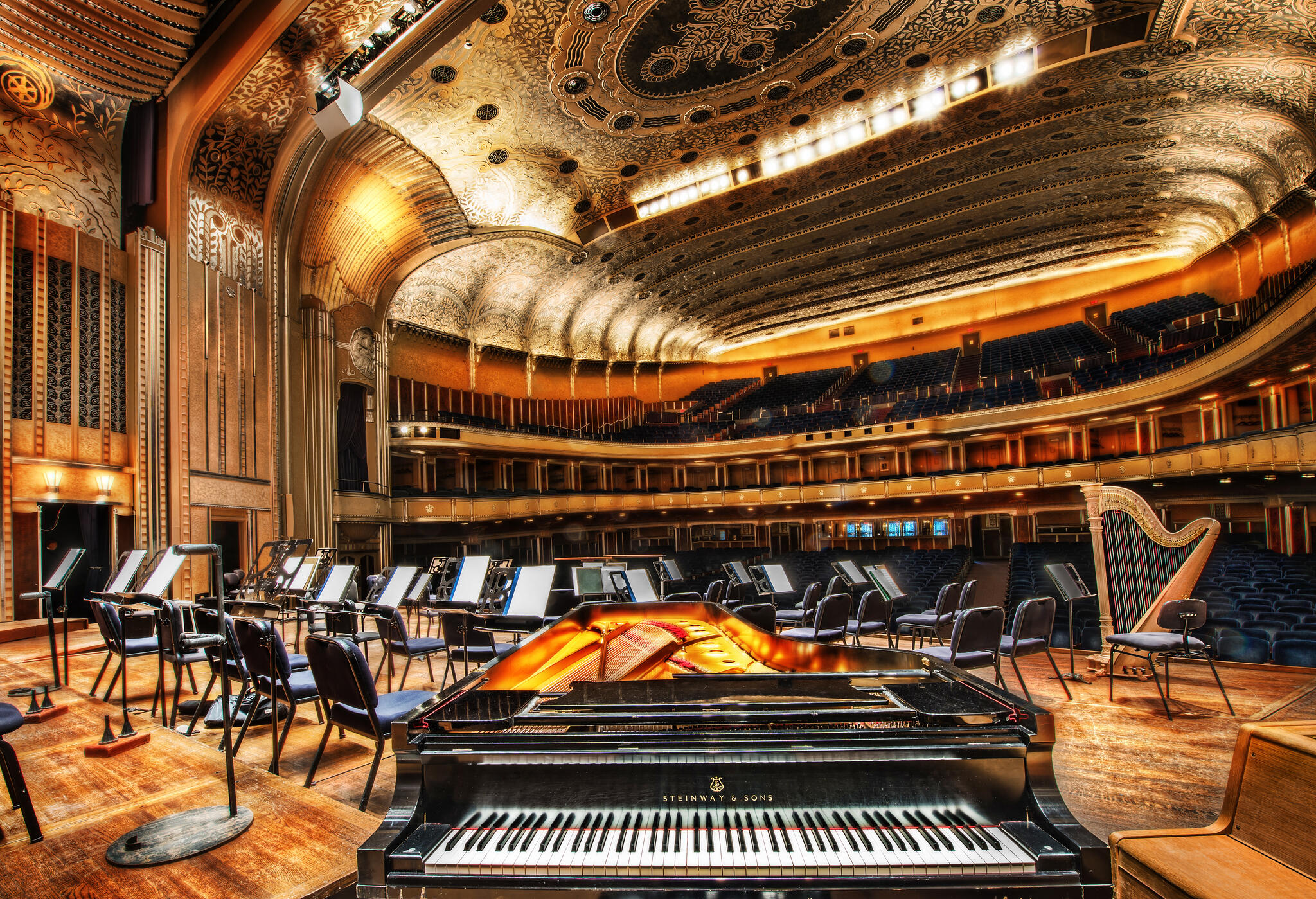
Main Venue: Severance Hall
The Cleveland Orchestra’s home, the Jack, Joseph and Morton Mandel Concert Hall at Severance Music Center, is one of the most beautiful concert halls in the United States, designed to complement the nearby Cleveland Museum of Art. Opened in 1931, the original construction was funded by one of the orchestra’s founders, John Severance, and his wife, Elisabeth Huntingdon DeWitt Severance. Elisabeth passed away before the hall was completed, so John considered it a memorial in her memory.
Over the years, the hall has seen several reconstructions, first under Szell and then again under Dohnányi. The acoustics have been adapted in each iteration to best serve the orchestra’s sound.
In 2021, the hall was renamed and dedicated to new benefactors in the Mandel family. The complex remains dedicated to the Severances.
The Orchestra frequently collaborates with nearby city fixtures, such as the Cleveland Museum of Art. In 2020, the orchestra loaned the autographed manuscript of Mahler’s Symphony No. 2 in C Minor (Resurrection), an important item in orchestral history, to the museum.
Summer Home: Blossom Music Center
During the summer months, the orchestra moves to Blossom Music Center, located in Cuyahoga Valley National Park. Built in 1968, the park shows massively helped the orchestra achieve employment year-round, improving its finances and functionality.
Since its opening, the park has hosted summer concerts, "pops" series, and special events, making it a cornerstone of family summer fun in the Cleveland area. The open-air pavilion allows audiences to enjoy symphonic sounds surrounded by nature.
Best Historical Performances
In its 107 years, the orchestra has put on a number of famous historical performances. In both recorded and live concerts, the ensemble has consistently established its skilled instrumentalists and maestros. Here are just a few highlights from its storied chronicle!
For more American orchestral history, learn about the Philadelphia Orchestra!
1928
Recording Rachmaninoff’s Symphony No. 2
The orchestra’s first major commercial release was a six-record-long album of Rachmaninoff’s Second Symphony. The orchestra collaborated with Rachmaninoff to shorten the work, making it more suitable for recording and for listeners. Maestro Sokoloff worked closely with Rachmaninoff, and the annotated notes on the sheet music are now part of the orchestra’s archives.
1957
First European Tour
The philharmonic’s first international tour was quite an undertaking. The forty-day tour consisted of 29 shows in 22 cities across Germany, England, Spain, Portugal, France, Austria, Poland, the Netherlands, and Switzerland. It set a precedent for further global concerts and increased the orchestra’s reputation globally as one of the best orchestras in the world.
1965
Handel’s Messiah, conducted by Robert Shaw
The Cleveland Orchestra & Chorus’s first full performance of Handel’s Messiah was in December of 1965 under Robert Shaw. Their interpretation was noted for being “leaner, clearer, and more brisk” than the more conventional, large-force versions of the time. The choice was a way to replicate the original playing conditions that Handel would have been writing for. It was significantly influential in how many ensembles later approached Messiah.
2018
First Time Performing Opera by Strauss at Severance Hall
In 2018, Franz Welser-Möst and The Cleveland Orchestra presented Ariadne auf Naxos by Richard Strauss. The opera was adapted into a “made-for-Cleveland production.” It was the Orchestra's first instance of performing this particular opera, and it was a massive undertaking that garnered lots of attention.
2020
The “A New Century” Recording Collection
To debut their own record label, the orchestra released a collection of six recordings showcasing The Cleveland Orchestra under Franz Welser-Möst. Included in the set was a repertoire featuring compositions from across three centuries, including world premiere recordings. All works were recorded live at the Jack, Joseph and Morton Mandel Concert Hall.
Community Engagement and Education
The orchestra runs a variety of education programs designed to introduce young people to orchestral music. Its children’s concerts, started nearly a century ago, continue to inspire students across Northeast Ohio under director Franz Welser-Möst.
It's also common for the orchestra to perform free and paid performances in the community at places like Cain Park and the Cleveland Museum of Art.
The orchestra offers free shows to schools and has a special program for Under 18s to attend shows for free as well. Certain concerts, like the summer series at Blossom Music Center in the park, have lower-cost options, making it more accessible than a night at Severance Hall for many melophiles.
The philharmonic also offers mentorships with the Youth Orchestra (COYO) and the University of Colorado Boulder’s College of Music.
Famous Musicians at the Cleveland Orchestra
The philharmonic has worked with many esteemed instrumentalists and conductors over the years. As “the finest orchestra in America,” it’s only natural for collaborations with world-renowned guest talent to take place! Here are some of the top names who have played alongside the orchestra in its history.
Instrumentalists
- Yo-Yo Ma
- Lang Lang
- Mitsuko Uchida
- Emanuel Ax
- Yuja Wang
Conductors
- Mitsuko Uchida
- Herbert Blomstedt
- Jakub Hrůša
- Michael Tilson Thomas
- Nikolaj Szeps-Znaider
Discover more talented musicians and maestros coming together to provide stellar performances that are sure to stay with you for a lifetime! Check out the orchestra’s official calendar to find the concert you want to see and purchase tickets, and witness beloved maestro Franz Welser-Möst before his tenure ends. The world of classical music is waiting for you with one of the best orchestras in the world!

